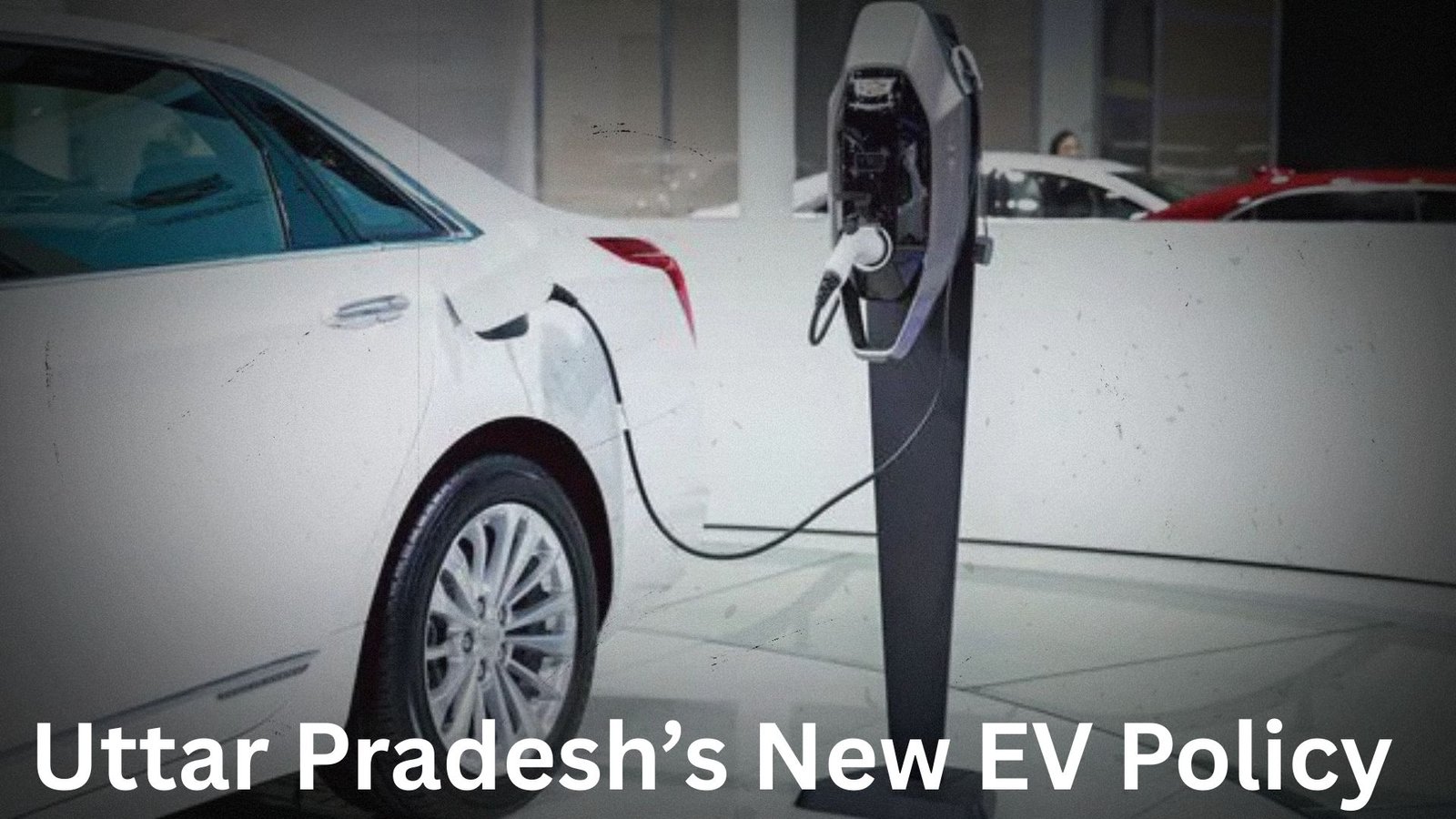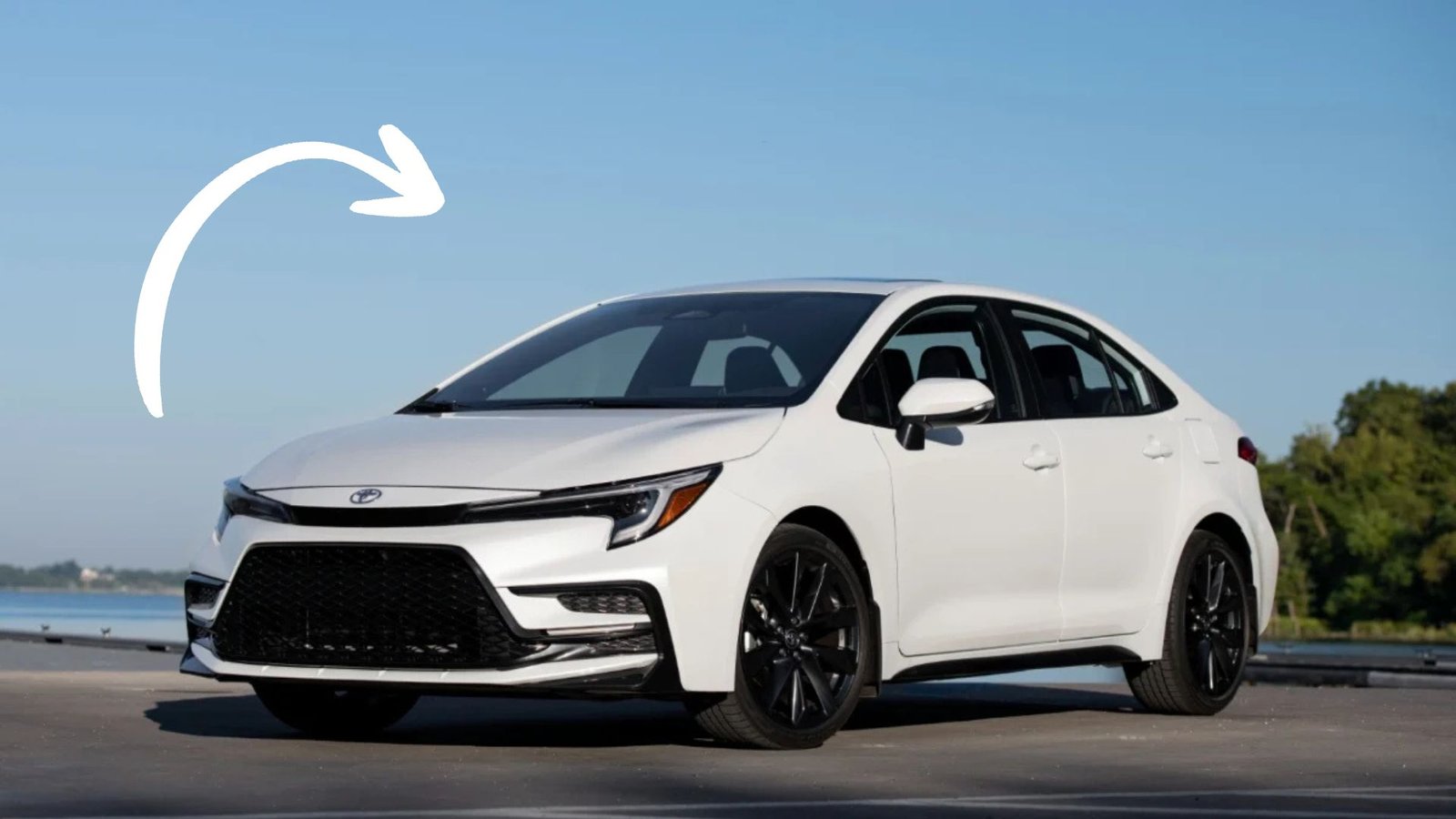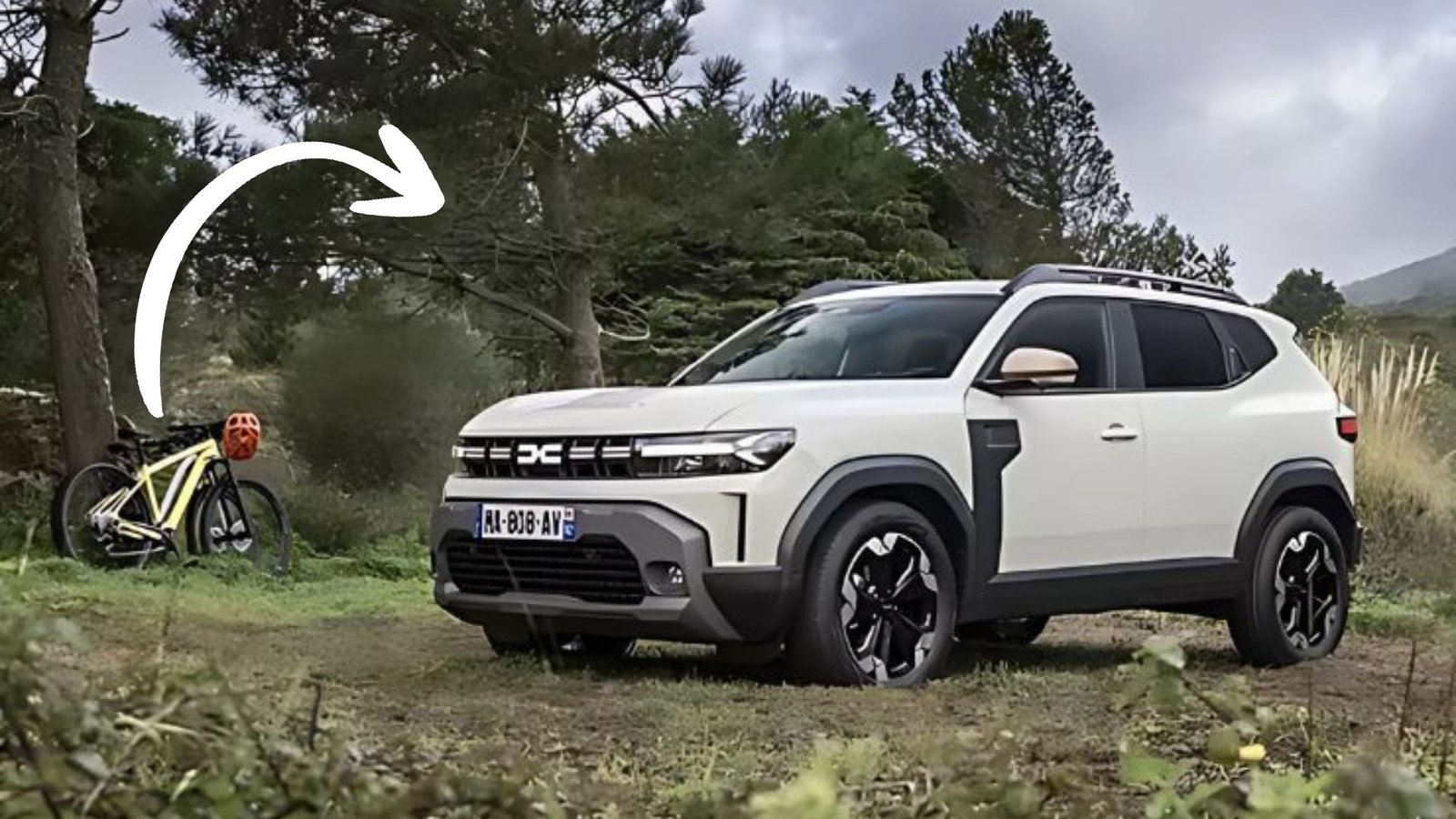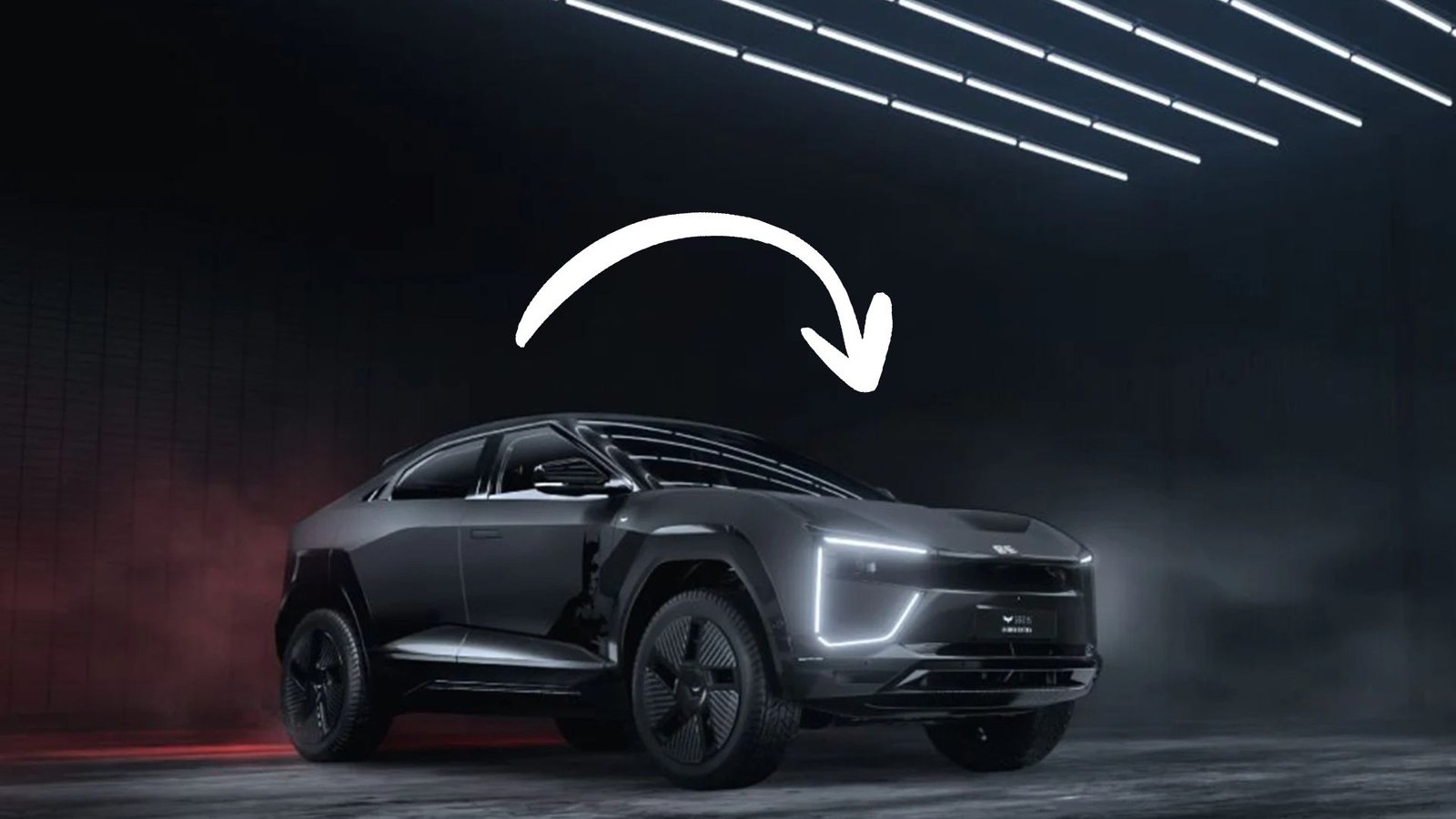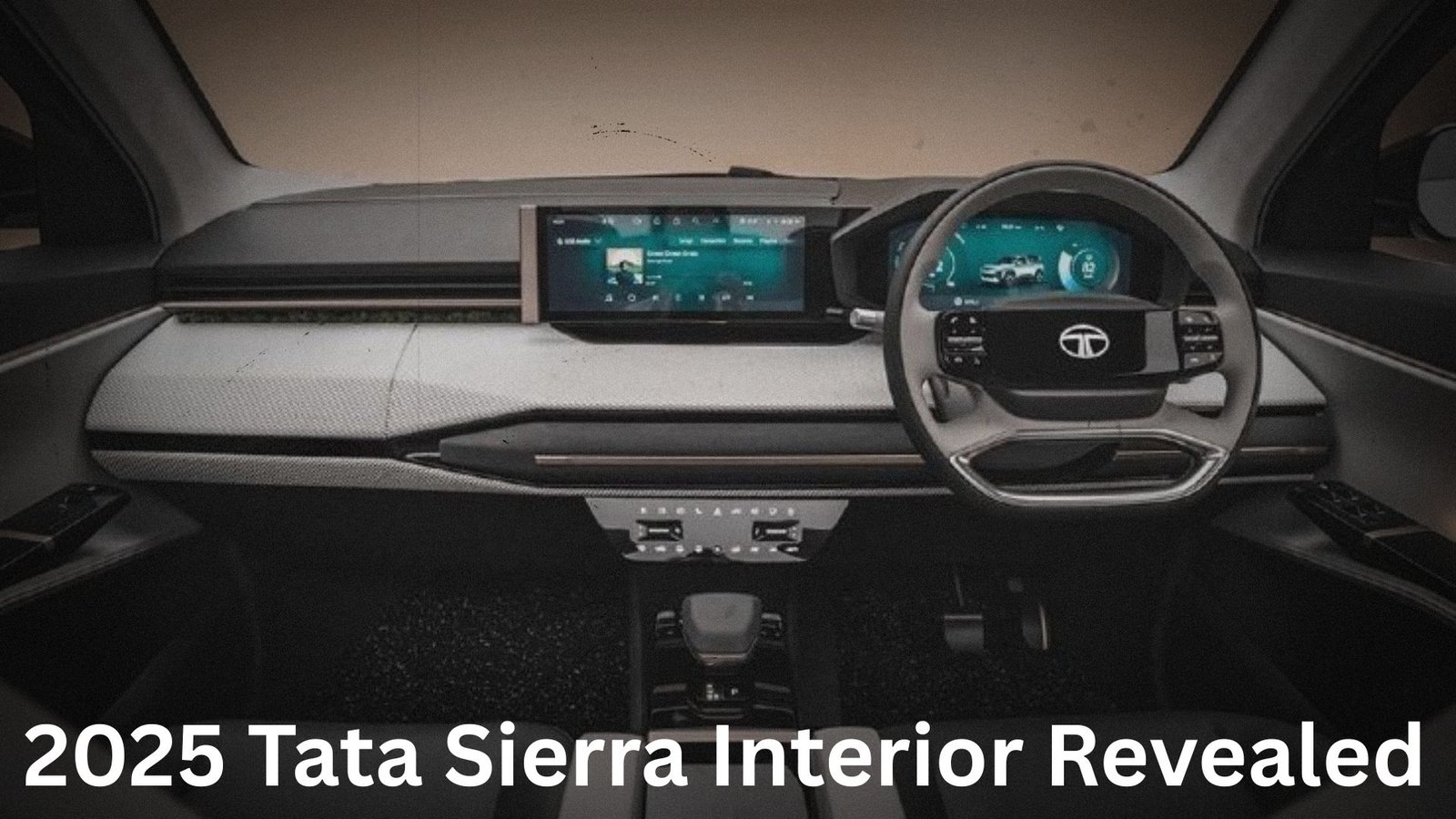In a bold move to reshape its electric vehicle landscape, Uttar Pradesh has rolled out a game-changing policy effective October 14, 2025, that ties EV incentives exclusively to vehicles manufactured, sold, and registered within the state. This isn’t just a tweak—it’s a strategic pivot to transform UP into a self-reliant hub for electric mobility, fostering local jobs and cutting-edge infrastructure while keeping the dream of affordable EVs alive for millions.
With over 3.7 lakh EVs sold in FY25, UP already leads India’s electric charge, outpacing states like Karnataka and Maharashtra. The new policy, running until October 13, 2027, builds on this momentum by channeling financial perks to bolster homegrown production. From bustling cities like Noida to emerging industrial corridors, UP is betting big on a future where ‘Made in UP’ EVs drive both economic growth and environmental progress.
Uttar Pradesh’s New EV Policy
| Aspect | Details |
|---|---|
| Policy Start Date | October 14, 2025 |
| Duration | Until October 13, 2027 |
| Incentive Eligibility | EVs manufactured, sold, and registered in UP |
| Incentives Offered | ₹5,000 (two-wheelers), ₹1 lakh (cars/goods carriers), ₹20 lakh (buses); full road tax exemption |
| FY25 EV Sales | 3.7 lakh+ units; 17,665 subsidies approved, 38,285 pending |
| Key Goals | Boost local manufacturing, create jobs, expand charging infrastructure |
| Infrastructure Plans | E-bus depots, charging stations in industrial zones, upgraded bus terminals |
A Shift to Local Roots: What’s Changed?
UP’s earlier EV policy was a crowd-pleaser, offering hefty subsidies to all buyers—₹5,000 for e-scooters, ₹1 lakh for cars, and up to ₹20 lakh for buses—regardless of where the vehicles were made. It worked wonders, fueling adoption in small towns and cities alike, with Tier-II hubs like Varanasi and Kanpur joining the electric wave. But there was a catch: much of the financial support benefited out-of-state manufacturers, diluting the local economic impact.
The 2025 overhaul flips the script. Now, only EVs rolling off UP’s assembly lines qualify for these perks, aligning with India’s broader self-reliance goals. It’s a savvy move—by incentivizing local production, UP aims to attract companies to set up factories, create thousands of jobs, and build a supply chain for batteries and components right at home. The state’s already buzzing, with over 17,000 subsidy claims approved and nearly 40,000 more in the queue, signaling strong buy-in from consumers and manufacturers alike.
Hyundai Palisade 2025 : Premium Three-Row SUV with Bold Styling and Advanced Tech
An electric scooter taking shape in a UP factory, symbolizing the state’s manufacturing ambitions.
Incentives That Hit the Sweet Spot
The financial carrots are still juicy: ₹5,000 off electric two-wheelers makes them a steal for daily commuters, while ₹1 lakh for cars and goods carriers sweetens the deal for families and small businesses. Electric buses, crucial for UP’s crowded cities, get a massive ₹20 lakh boost, nudging operators toward greener fleets. Add in 100% exemptions on road tax and registration fees, and the savings stack up fast, keeping EVs competitive against petrol rivals.
What sets this apart is the ripple effect. By tying incentives to local builds, UP is luring manufacturers to invest in the state. Picture new plants in Greater Noida or Lucknow, humming with workers assembling everything from e-rickshaws to e-SUVs. This could slash reliance on imports, stabilize prices, and make UP a blueprint for other states chasing EV dominance.
Building the Backbone: Infrastructure and Beyond
Subsidies are only half the story. UP is rolling out a charging network to match, with plans for e-bus depots, fast chargers in industrial corridors, and retrofitted bus terminals. Public-private partnerships are key, ensuring rural areas aren’t left behind in the electric shift. I’ve seen how spotty charging can dampen EV enthusiasm—UP’s proactive stance here feels like a breath of fresh air, especially for long-haul drivers and fleet managers.
A fast-charging station in UP’s industrial corridor, ready to power the next wave of EVs.
The policy also dovetails with UP’s broader vision: creating jobs, from factory floors to tech labs, while cutting emissions for its 240 million residents. With India eyeing price parity between EVs and ICE vehicles by early 2026, UP’s timing is spot-on, positioning it as a leader in the green revolution.
What’s Next for UP’s EV Journey?
This policy is a high-stakes bet, and not without hurdles. Some brands may balk at relocating production, and rural charging gaps could slow adoption. Yet, with UP’s track record—3.7 lakh EVs sold and counting—the state’s got the chops to pull it off. As factories rise and chargers dot the landscape, UP could redefine how states balance green goals with economic grit. For buyers, the message is clear: look for that ‘Made in UP’ badge to unlock the best deals. Got thoughts on UP’s bold move? Drop them below and join the conversation!
